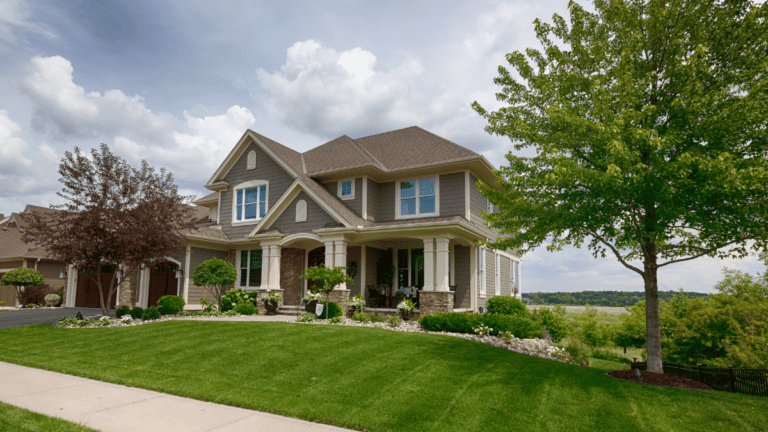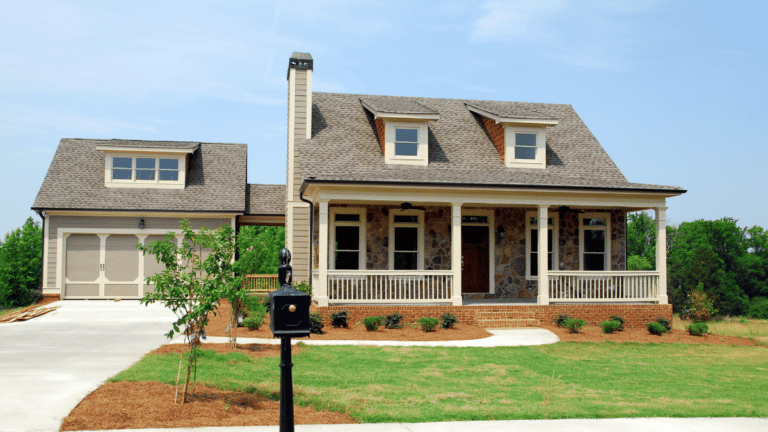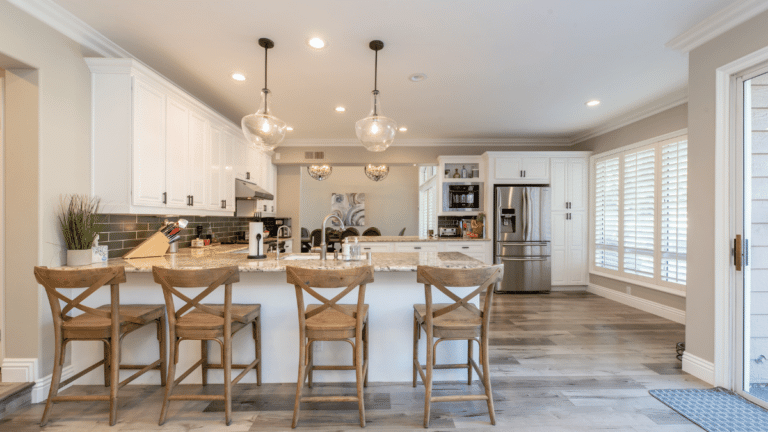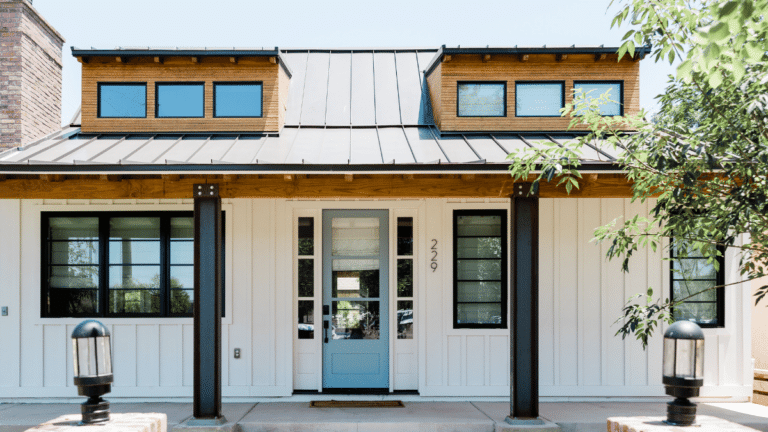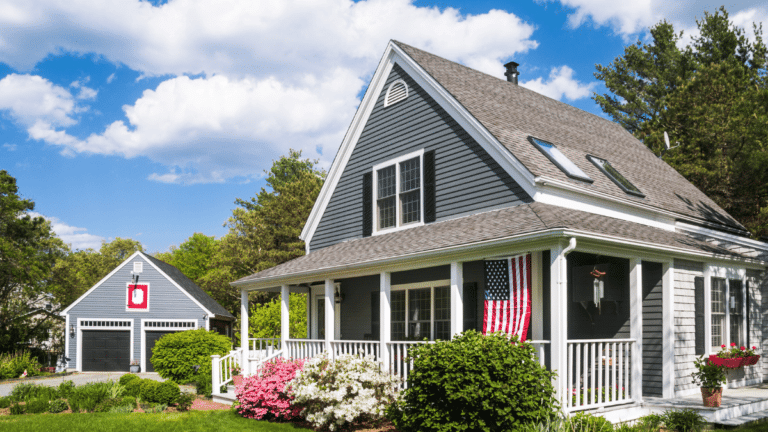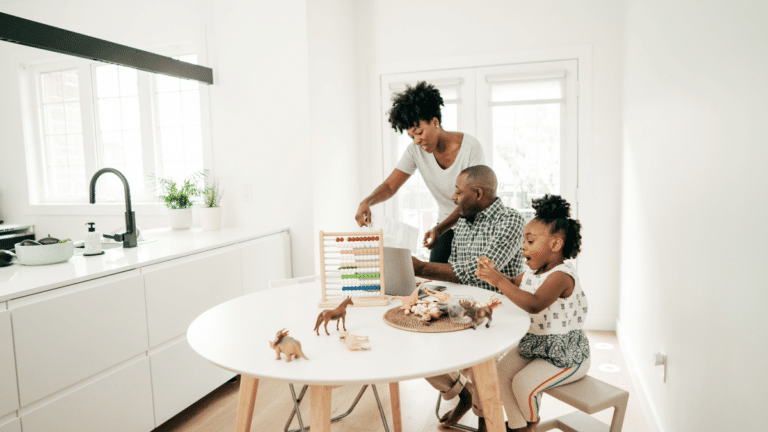What Is A 30-Year Fixed Mortgage?
A 30-year fixed mortgage is a home loan that maintains a constant interest rate and monthly principal payment over a 30-year period. It’s the most popular mortgage product among American homeowners and homebuyers. The fixed aspect of the loan implies that the interest rate doesn’t change during the entire term of the loan, providing stability in the monthly mortgage expenses, regardless of market conditions.
How Does A 30-Year Fixed Mortgage Work?
This mortgage type works through standardized monthly payments over the course of 30 years. The payments are structured to cover both the principal loan amount and the accrued interest. Here’s a simplified breakdown:
- Principal: This is the amount of money you borrowed to buy the home.
- Interest: This is the cost paid to the lender for the benefit of borrowing the money.
Understanding Principal And Interest
In the first few years of the loan, the majority of your monthly payments goes toward paying off the interest. As years go by, the balance shifts, and you begin to pay off more of the principal loan amount. This process is known as amortization.
Parts Of A 30-Year Fixed Mortgage
Understanding the components of a 30-year fixed mortgage is essential to grasp its full scope. The primary parts of this mortgage type include:
- Loan Term: This is the length of the loan, which is 30 years in this case.
- Interest Rate: The interest rate of a 30-year fixed mortgage doesn’t change and remains consistent over the life of the loan.
- Monthly Payments: This is what you must pay every month to your lender. The payment is calculated at the start of the mortgage and stays the same. It includes both the principal repayment and interest.
- Amortization Schedule: This is a detailed table that breaks down each monthly payment into the principal amount and interest for the duration of the loan term.
What Determines 30 Yr Fixed Mortgage Rates
Several factors determine 30-year mortgage rates, which are set by lenders and can change daily based on market conditions. The main factors include:
- Economic Indicators: The state of the economy greatly influences mortgage rates. In times of a strong economy, interest rates tend to rise, while during weaker economic periods, they generally drop.
- Federal Reserve Policies: Decisions made by the Federal Reserve, such as adjusting the federal fund’s rates, can influence mortgage rates.
- Credit Score: Your credit score is an important individual factor. Borrowers with higher credit scores usually qualify for lower interest rates.
- Down Payment: The size of your down payment can also affect the interest rate of your mortgage. A larger down payment often leads to a lower interest rate.
Types Of 30-Year Fixed-Rate Mortgages
There isn’t a one-size-fits-all 30-year fixed-rate mortgage. Depending on your status and needs, you can choose between various types:
Conventional 30-Year Fixed-Rate Mortgage
A conventional 30-year fixed-rate mortgage is a home loan that isn’t insured by the federal government. Homebuyers often choose this mortgage due to its predictability—the interest rate and monthly payments remain the same over the life of the loan.
FHA 30-Year Fixed-Rate Mortgage
The f offers its own variant of the 30-year fixed-rate mortgage. These loans often have lower interest rates and less strict credit score and down payment requirements than conventional mortgages making them an appealing option for first-time homebuyers or those with lower credit scores.
VA 30-Year Fixed-Rate Mortgage
Offered by the Department of Veterans Affairs, a VA 30-year fixed-rate mortgage is an option for active-duty military members, veterans, and certain surviving spouses. These loans often don’t require a down payment and don’t necessitate mortgage insurance, making them an advantageous choice for eligible borrowers.
USDA Rural Development Loan
The United States Department of Agriculture (USDA) offers a 30-year fixed rate mortgage targeted at helping rural and suburban homebuyers achieve homeownership. These loans can offer 100% financing—meaning no down payment is required—and have low interest rates. However, there are income and property location restrictions for these loans to ensure they help lower- to moderate-income families in eligible areas.
Pros Of A 30-Year Fixed-Rate Mortgage
Opting for a 30-year fixed-rate mortgage can provide several advantages:
Lower Monthly Payments
The cost of the loan is spread out over 30 years, resulting in lower monthly payments compared to shorter loan terms; this makes the loan more affordable for many borrowers.
Flexibility
A 30-year mortgage typically means lower monthly payments compared to shorter-duration loans. This can free up funds for other financial goals, such as savings, retirement, or education expenses.
Pros Of A 30-Year Fixed-Rate Mortgage
A 30-year fixed-rate mortgage, while a long-term commitment, offers several benefits to borrowers:
- Lower Monthly Payments: Spread over a longer duration, the monthly payments on a 30-year fixed-rate mortgage are lower than those of a 15-year fixed-rate mortgage. This factor can make homeownership more accessible to people who might struggle with higher monthly payments.
- Flexibility: Lower monthly mortgage payments free up cash for other monthly expenses or savings goals, offering you financial flexibility. By reducing the portion of your income that is dedicated to housing costs, it can be easier to balance other important costs, from daily necessities to retirement savings.
- Buy A More Expensive Home: A longer mortgage term can mean qualifying for a larger loan amount since the calculation involves examining whether potential homeowners can manage the monthly payments. This higher borrowing limit can mean purchasing a more expensive home than what would be affordable with a 15-year mortgage.
Cons Of A 30-Year Fixed-Rate Mortgage
While 30-year fixed-rate mortgages have their advantages, there are also some potential drawbacks to consider:
- You’ll Pay More In Interest: The appeal of lower monthly payments comes at a price—you end up paying more in interest over the lifetime of the loan. The added interest expense is the premium you pay for stretching the payments over a longer period.
- It Takes Longer To Pay It Off: A 30-year loan means you’ll be in debt for 30 years if you don’t make extra payments or refinance. This fact could delay other financial goals you have, like investing or saving for retirement.
- It Takes Longer To Build Equity: Home equity is the part of your property that you truly own, and it takes longer to build this equity with a 30-year mortgage. Especially in the first few years, your payments are mostly going towards the interest, not the balance of your loan—the principal.
Consideration of both pros and cons of a 30-year fixed-rate mortgage is crucial to make an informed decision matching your homeownership goals and personal financial situation.
How Often Do 30-Year Mortgage Rates Change?
The interest rate for a 30-year fixed mortgage doesn’t fluctuate once the loan is taken out, providing the borrower with the assurance of stable monthly payments. However, the rate you can secure when you apply for a mortgage does change regularly, often daily.
These interest rates are generally influenced by moves in financial markets, primarily the bond market. Lenders keep a close eye on different factors that could signal a future economic change, such as inflation, unemployment, or economic policy changes.
Just like the stock market, the bond market can change several times over the course of a day. As bond prices rise and fall, mortgage rates follow. If bond prices are increasing, mortgage rates are likely to rise. If they’re falling, mortgage rates may decrease.
When shopping for a mortgage, it’s beneficial to monitor the market trends, get quotes from different lenders, and use a mortgage calculator to understand better what you might end up paying.
Refinancing A 30-Year Fixed-Rate Mortgage
Refinancing your mortgage means obtaining a new loan to replace your current one. Homeowners might choose to refinance their 30-year fixed-rate mortgage for various reasons:
- Lower Interest Rates: If interest rates have dropped since taking out the original mortgage, refinancing could reduce your monthly payments and potentially save you thousands of dollars over the life of the loan.
- Shorten Loan Term: If you wish to pay off your mortgage sooner and can afford higher monthly payments, you can refinance your mortgage to a shorter-term one, say, from 30 years to 15 years.
- Cash-Out Refinance: If you have a substantial amount of home equity, you might choose to refinance and take cash out for other purposes, such as home improvements, consolidating debt, or other major expenses.
Please note that refinancing a mortgage comes with closing costs, just like your original mortgage. It’s crucial to consider these costs and how long it will take to “break even”—the point when the savings from a lower interest rate have surpassed the cost of closing the refinancing—before deciding to refinance.
Is A 30-Year Fixed Mortgage Right For You?
Deciding whether a 30-year fixed mortgage is right for you depends on several factors:
- Monthly Budget: A 30-year fixed mortgage offers lower monthly payments spread out over a longer period, freeing up cash for other expenses. If you prefer stability and lower monthly payments, this could be a suitable option.
- Long-term Plans: If you plan to stay in the home for a long time, locking in a fixed-rate for 30 years can protect you from future increases in interest rates.
- Risk Tolerance: Fixed-rate mortgages are less risky than adjustable-rate mortgages as your payments won’t increase over time. If you have a low-risk tolerance, a 30-year fixed rate mortgage can provide peace of mind.
FAQs About 30-Year Fixed Mortgages
Can I pay off a 30-year fixed-rate mortgage early?
Indeed, many people choose to pay extra towards the principal of their loan. This strategy can help homeowners save on interest costs and pay off the loan quicker. However, it’s essential to understand your mortgage terms. Some lenders may charge a prepayment penalty if you pay off your mortgage early. Always review your loan agreement or consult with your mortgage lender if you’re considering this action.
Are all 30-year mortgages fixed rate?
No, not all 30-year mortgages are fixed rate. In addition to the stalwart 30-year fixed-rate mortgage, there are 30-year adjustable-rate mortgages (ARMs). An ARM typically starts with a fixed interest rate for a certain period, often 5 to 10 years, after which the rate can fluctuate based on market conditions.
How can I get the best rate on a 30-year fixed-rate mortgage?
Securing a great rate on a 30-year fixed mortgage involves maintaining a good credit score, making a large down payment, and comparing offers from multiple lenders.
Can a 30-year fixed mortgage rate change?
Once you have closed your mortgage loan, the interest rate on a 30-year fixed mortgage will not change. Hence, even if market rates rise or fall, this won’t affect your monthly payments.



